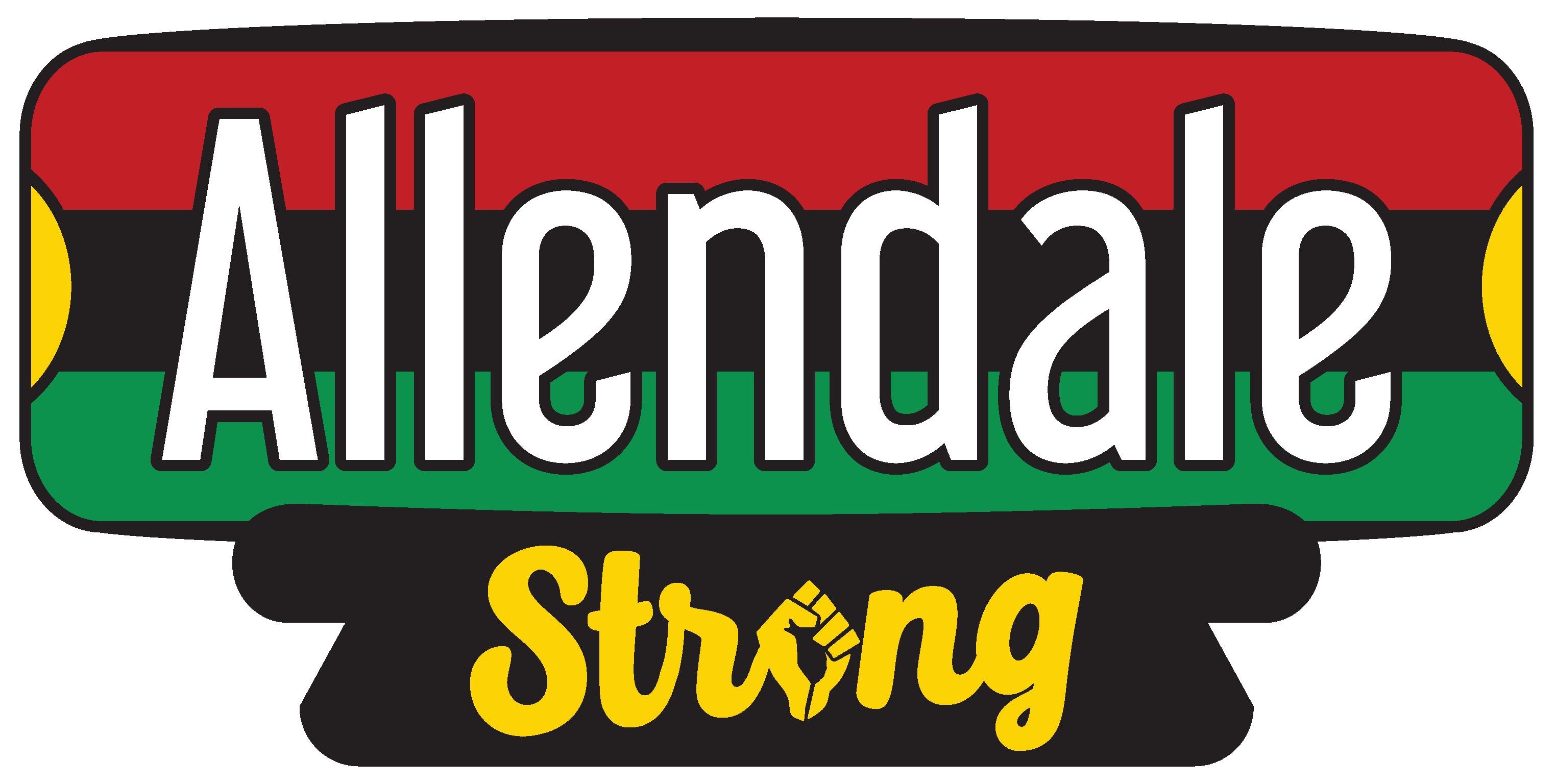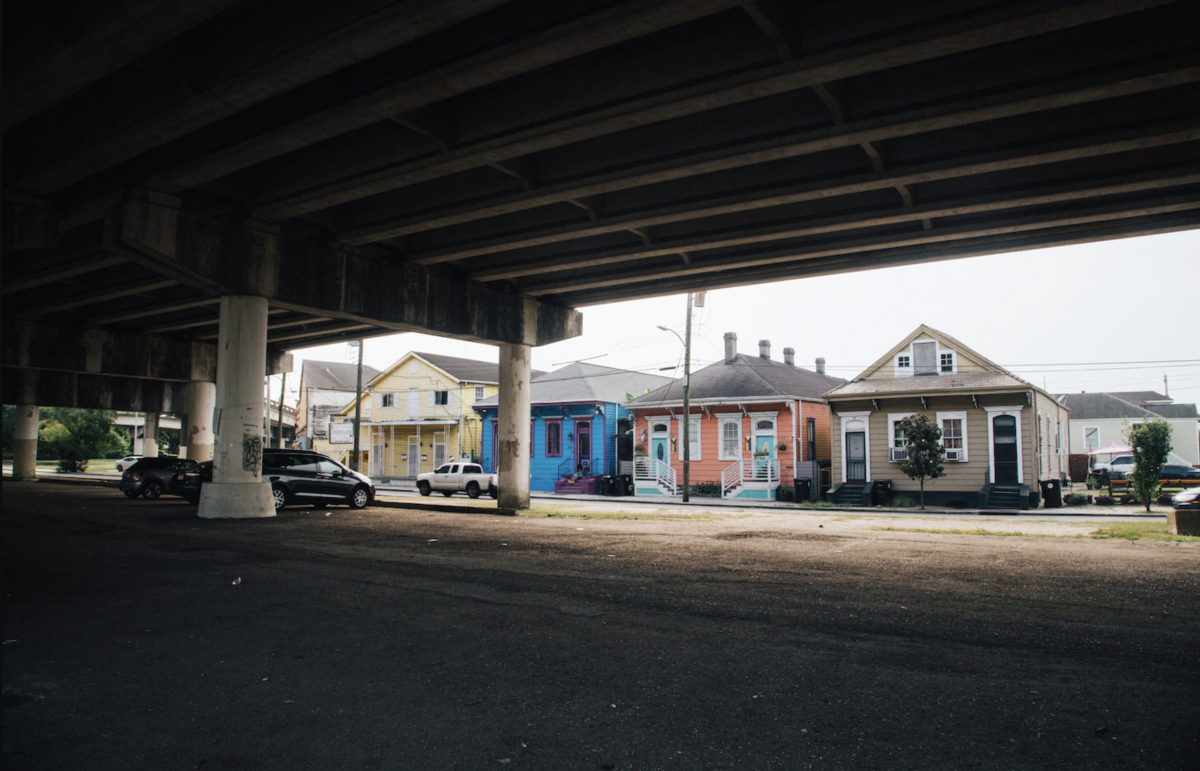Written by Amy Stelly, published August 13, 2021 in The Washington Post Amy Stelly is a friend of AllendaleStrong and shares her family’s history in the Tremé area of New Orleans, and how the neighborhood was devastated by the Claiborne Expressway in the 1960s.
Tremé was a place of massive oaks, thriving shops and joyous community. The Claiborne Expressway erased all that.
“Four generations of my family have lived in my house in Tremé, a block and a half from the elevated expressway that bulldozed its way into my childhood. I was too young to recall much of the old North Claiborne that the elders pined for, but like Joe Dave’s, Mr. LaBranche’s drugstore, its floor a black-and-white sea of small octagonal tiles, lingers in my mind. It smelled like candy, and it was, like the butcher shop, a place of endless fascination for me. I would gleefully walk up and down the aisles of both stores, studying everything they had to offer but restricted mostly to my mother’s list. Thinking of the pharmacy evokes its sugary aroma and reminds me of the happy place that Claiborne used to be. Children played football and learned to ride bikes on its 100-foot-wide median, or the neutral ground, as we call it here. The neutral ground was lined with oak trees, a beautiful canopy that ran down the center of the avenue. Each year, Black New Orleanians celebrated Mardi Gras among the oaks. Black Mardi Gras was and still is a tradition central to North Claiborne Avenue.”

